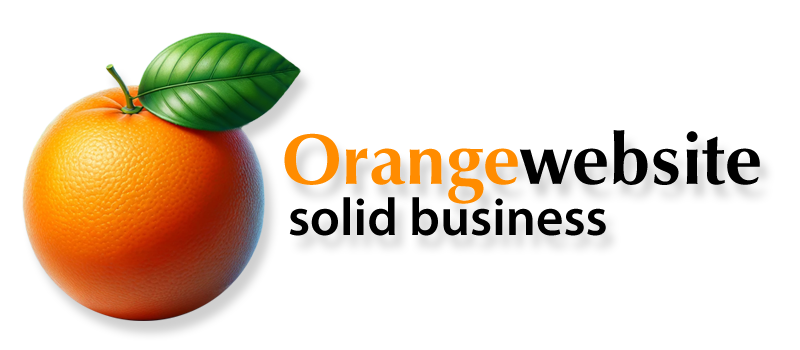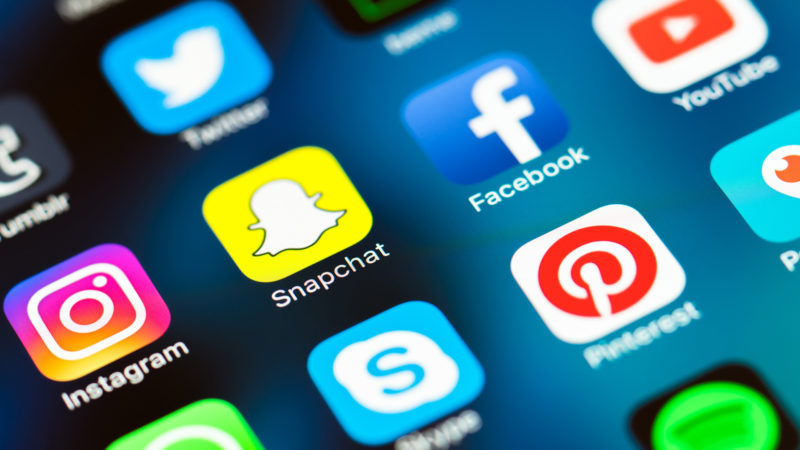How Social Media Has and Continues to Change Our World
Social media is such an integral part of our everyday lives today, we may not give much thought to how it developed and social media’s impact on our relationships and society in general. Grandparents use it to connect with grandchildren, employees make use of it to connect with potential employers, and couples use it to make romantic connections. We share our thoughts, pictures, videos, and far too often, our political beliefs. It brings us closer together and pulls us apart.
Where is social media today, how did it get here and what’s next?
A History of Social Media
Many understand Mark Zuckerberg’s involvement in Social Media with the introduction of Facebook of in 2004. There has been much written about Zuckerberg and even a major movie that chronicled Facebook’s development. Others will remember it’s predecessor, MySpace, which was introduced a year previously. Social media, however, has roots that precede even MySpace by eight years.
Depending on one’s specific definition of social media, the first site often credited with implementing aspects of social media was Classmates in 1995. Classmates allowed users to create their own profiles and friends lists. Others consider Six Degrees, which first debuted in 1997, as the first social media website. Its title was based on the six degrees of separation theory where we are all connected by six personal connections. While it quickly garnered millions of members, the internet was still relatively young. Six Degrees was ahead of its time and it would take a few more years before the internet’s infrastructure would catch up with the unbridled growth of social media.
Ryze, the precursor to LinkedIn was launched in 2001 with a focus on connecting members for career and business purposes. LinkedIn made its debut a year later in 2002. That was also the year Friendster came online.
The social media website hi5 began in 2003 and quickly grew to involve millions of users, mainly in Latin America and countries like Romania and Tunisia. The site still boasts over 100 million members.
Not all social media sites have been successes. One example is Orkut, which briefly made an appearance in early 2004. Orkut was launched by Google as an invitation-only site and never caught on. Yahoo!360 followed a similar path and suffered a similar fate. Yahoo!360 was also an invitation-only social media site. It launched in 2005 and was shut down in 2009.
Twitter and Instagram began to become widely accepted in 2010 and Google got it right in 2011 when it launched Google+. Today, social media platforms include YouTube, Reddit, VK, Tumblr, Pinterest Flickr, meetup, and a plethora of others.
The Current State of Social Media
Today, Facebook still rules the roost when it comes to social media. Mark Zuckerberg posted recently that the platform now has over 2 billion members. YouTube is second in monthly users with 1.5 billion. Twitter’s unique monthly users have reached 400 million, and Instagram is approaching 300 million. LinkedIn rounds out the top five with 250 million.
If there is power in numbers, social media is a force to be reckoned with. This was evidenced by the 2016 presidential election in the United States. There are still questions on if, and how, the election was influenced by Russian social media users, advertising, and websites. The U.S. President has grabbed the attention of the world with his almost daily tweets on Twitter. Everybody from members of Congress to late night television hosts have made their thoughts known on various platforms.
Careers are being made and others destroyed on social media. Live streaming has shown us crimes and even murders in progress. It has also provided an outlet for people to show abuses of law enforcement officers. Millions of dollars have been raised for good causes with the help of social media.
It has gotten to the point that much of the news of the day is filled not with what is going on in the world but what is going on in social media.
In the meantime, massive amounts of data is being collected from users who voluntarily make their data available via their favorite social media sites. This gathering of “Big Data” is what may ultimately, shape the future of social media.
Where is Social Media Headed?
There are generally three schools of thought when it comes to the future of social media. The first is that social media will continue to go on unbridled and to be self-governed by the companies who control it. When one considers the ramifications of this, it is hard ti imagine social media will continue to go along this path.
The second path is that social media will continue to grow but under more strict regulations, especially when it comes to matters of national security. One should keep in mind that in the U.S., the Federal Communications Commission (FCC) is already charged with keeping on eye on large segments of the media. There are regulations in place to monitor political advertising and being upfront with who is paying for the advertising. Many believe there will also be more steps taken to protect the personal information of social media users.
There is a third school of thought that users will recognize how much information and data they are voluntarily providing. They will tire of the constant bickering, shaming, and political posturing that is rampant today. Some feel large segments of social media users will seek alternatives. These alternatives may be more secure, less confrontational, and offer more privacy. They may or may not be in development now.
In recent years, there has been talk of social media “breaking the internet”. We may be getting to the point where the internet may just break social media. There are certainly some aspects of social media that are in need of attention.


Recent Comments